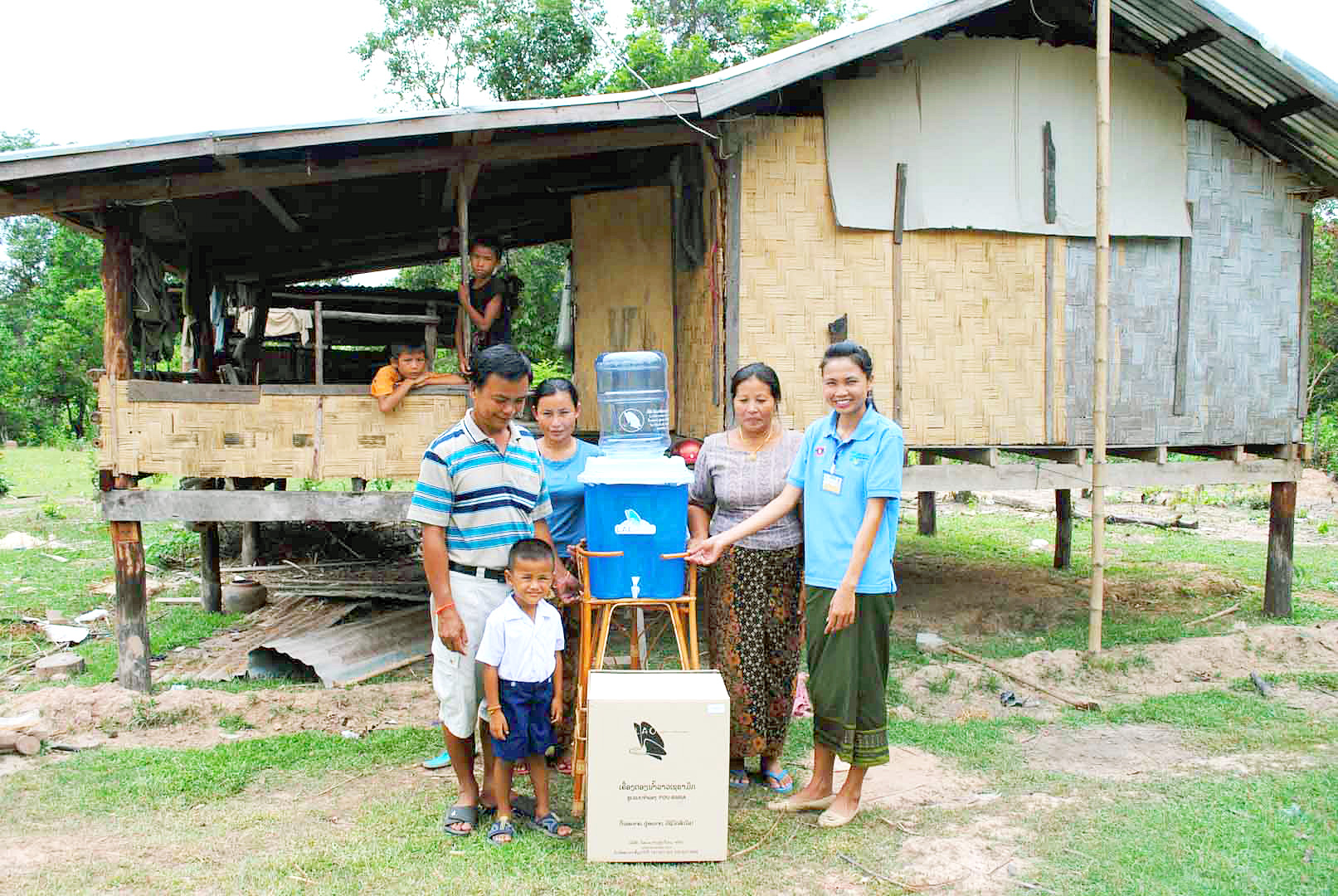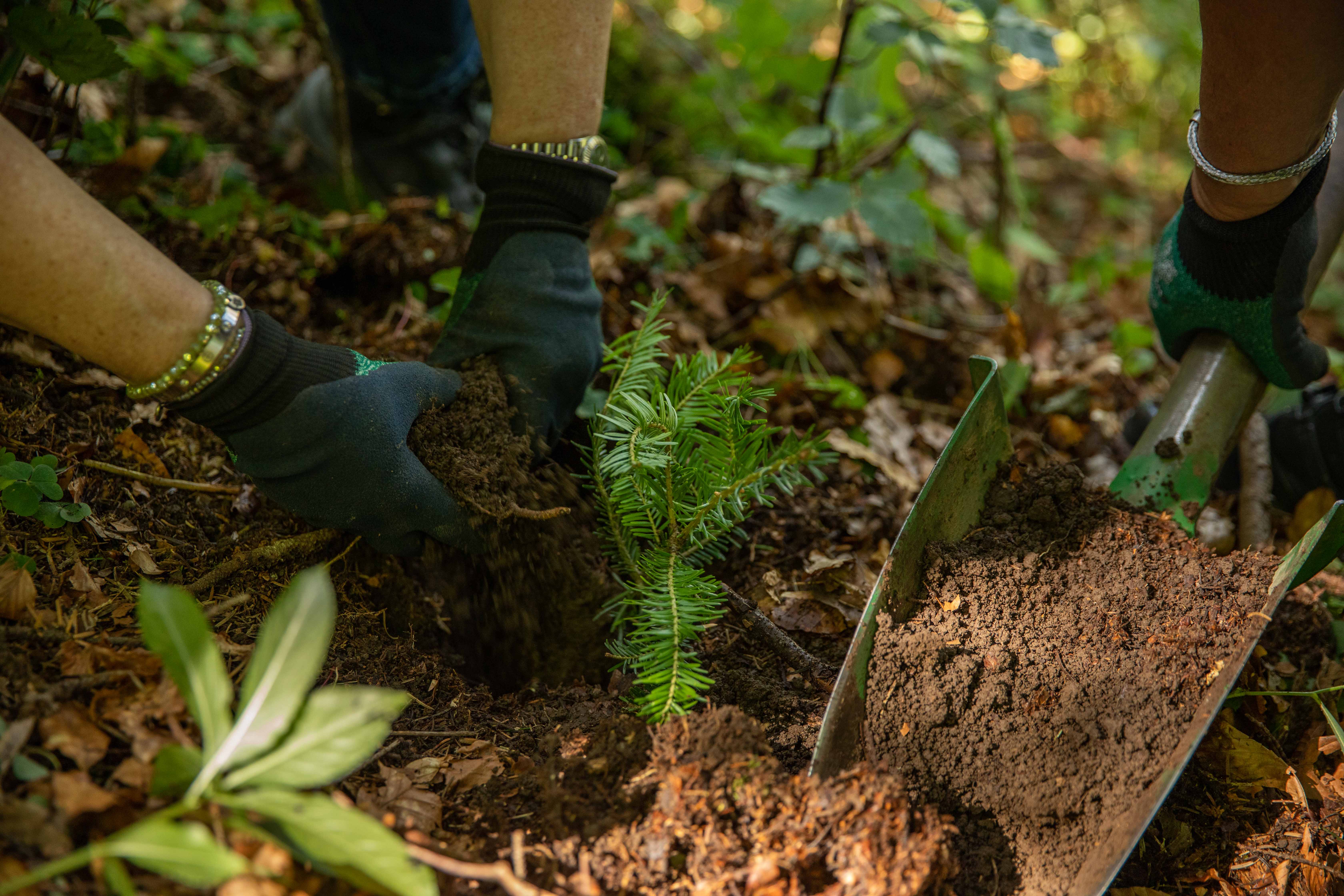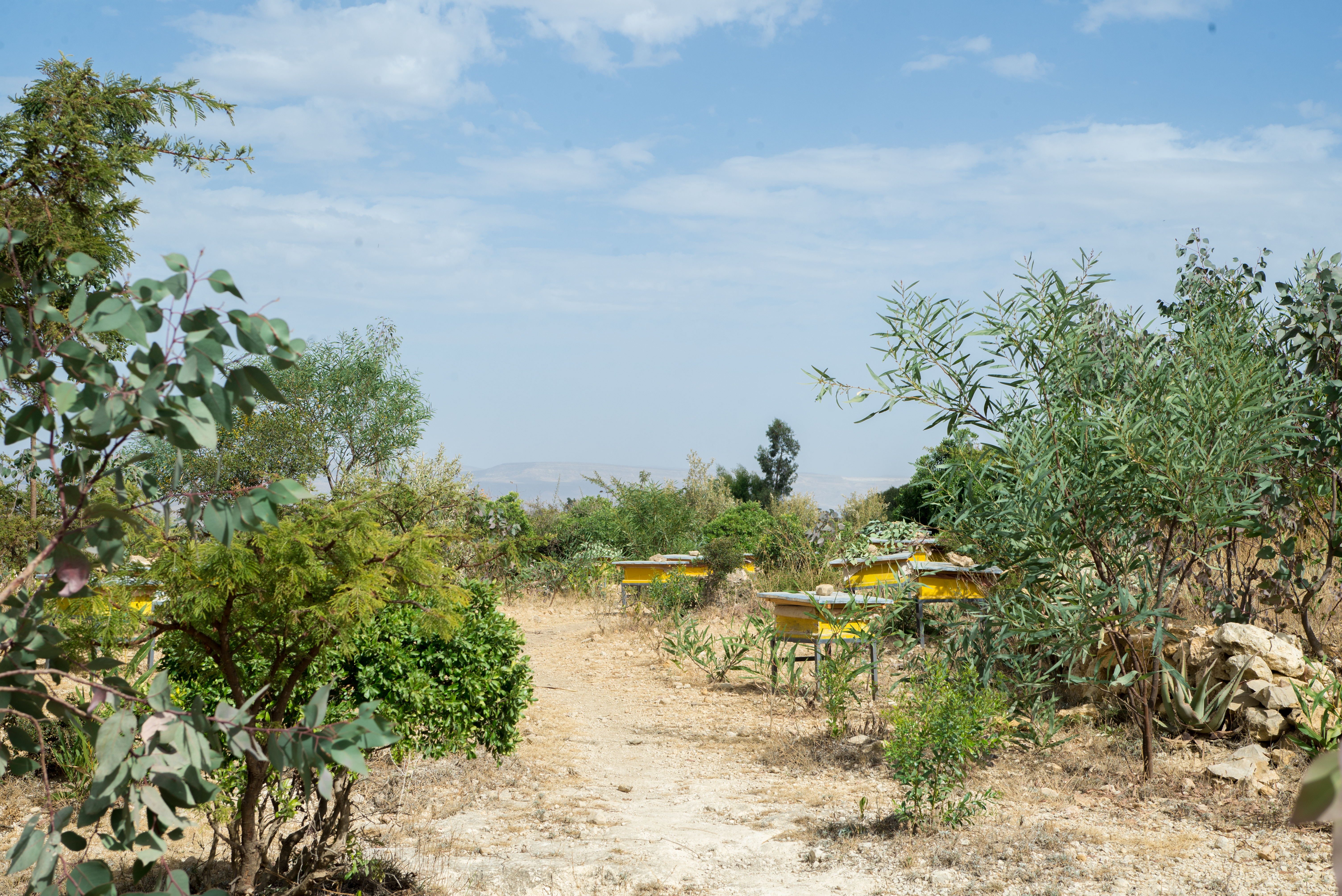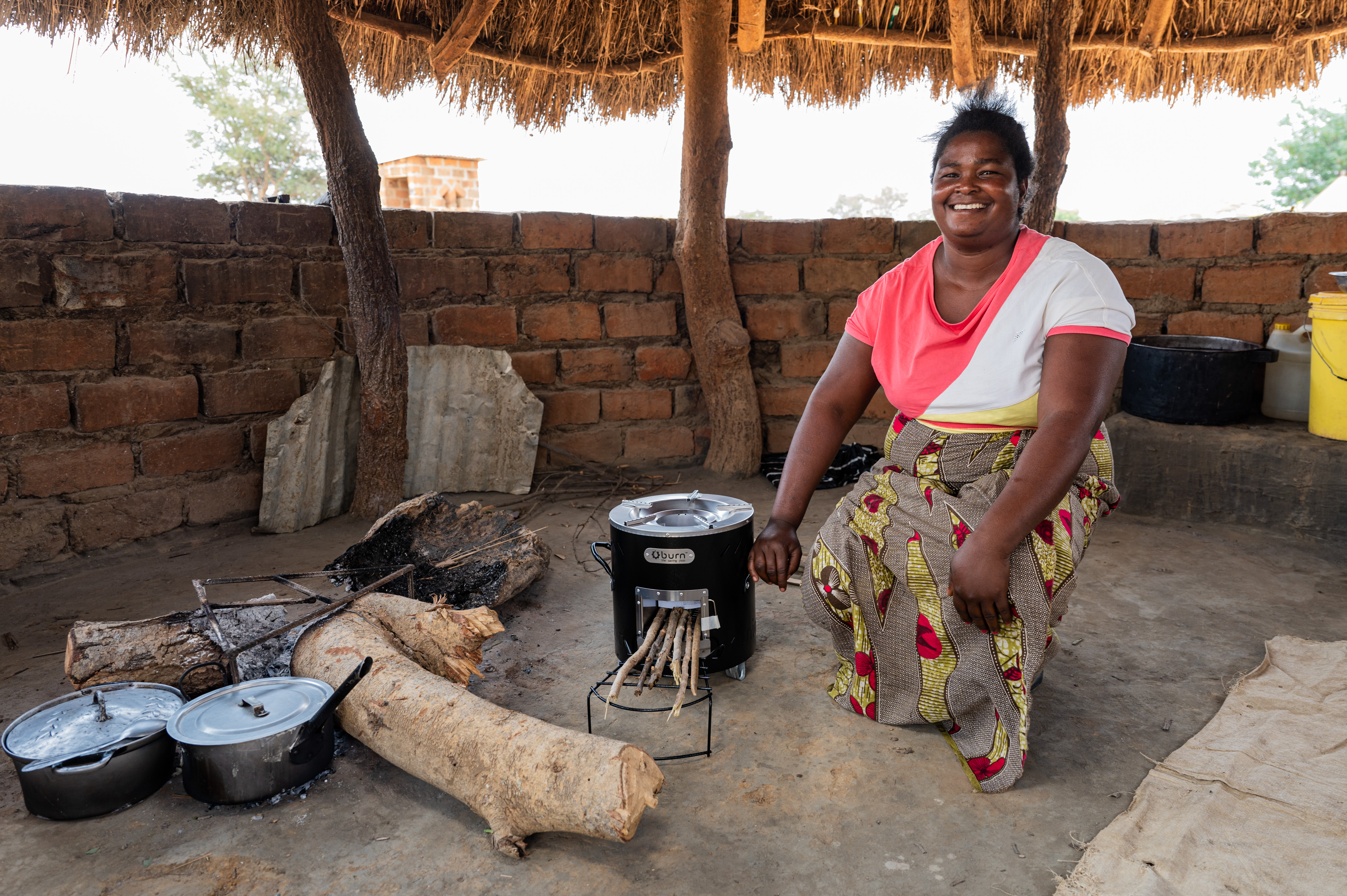Clean water improving health in Kenya
Rural areas and urban slums in Kenya lack a clean water network infrastructure and are facing great health risks through unsafe drinking water. Many Kenyians make their water drinkable by boiling it on open fires using wood and charcoal. So, clean drinking water mostly comes at the price of deforestation and high emissions. And still there are people who must drink unsafe water due to lack of time for collecting wood or money to buy charcoal.
With the multi-layer water purifiers provided by this project, households pour untreated water in and after an hour have up to three liters of clean drinking water. This even exceeds the World Health Organization’s recommended amount of 7.5 liters of domestic water consumption per person and day. With the purifiers the project provides an efficient technology that saves about 459,630 tonnes of CO2 emissions per year. In addition, more people have access to safe water and benefit from better health.

According to UNICEF, 2.2 billion people worldwide lack reliable access to safe and clean drinking water – 26% of the global population. Women and girls often must travel long distances to collect water from the nearest water point. To make the water safe for use, it is typically boiled over open fires using wood, which generates carbon emissions and harmful smoke. Additionally, the collection of firewood contributes to deforestation.
Climate projects for clean drinking water offer practical solutions. Water can be treated chemically (e.g., with chlorine-based purifiers), mechanically (e.g., with water filters), or through tapping groundwater from wells. For this, wells must be repaired, maintained, or newly installed, as only functioning wells provide clean drinking water. These solutions grant even remote villages access to safe water.
Such projects also reduce carbon emissions by eliminating the need to boil water and help combat deforestation. The clean drinking water projects in ClimatePartner's portfolio are registered with international standards.
Explore our projects
Biochar for Climate Action, Healthy Soils, and Better Harvests

A certified climate project combined with additional commitment

Expansion of renewable energy generation in Asia

Ceramic water filters save CO2 and improve health

Improved cookstoves worldwide – for better health and cleaner air

A certified climate project combined with additional commitment

Powering access to renewable energy in Africa

A certified climate project combined with additional commitment

Restored ecosystems remove carbon

Turning degraded farmlands into healthy ecosystems

Improved cookstoves - better for health and the environment



